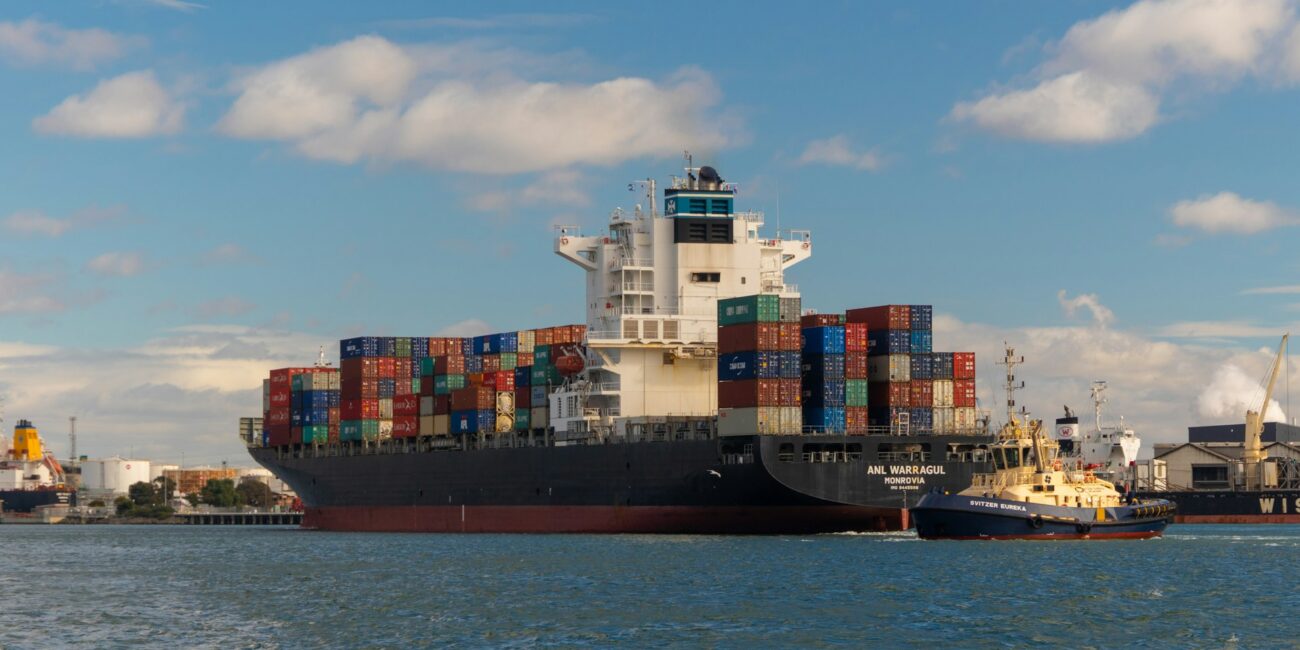Efficient global trade is at the heart of a thriving global economy. Yet, traditional systems often pose barriers to speed, transparency, and scalability in cross-border transactions.
Thankfully, technology is stepping up to address these challenges. From automation to advanced logistics systems, innovations are rewriting the rules of international commerce.
This blog explores how technology is reshaping global trade, driving efficiency, and transforming operations for businesses worldwide. Learn more about the tools and trends making this evolution possible.
Advancing Automation for Seamless Trade Processes
Automation has emerged as one of the most significant disruptors in global trade. With increasing complexity in supply chains, the need for technology to reduce manual intervention and improve efficiency has never been greater.
Eliminating Manual Errors
Automating processes such as document verification, customs clearance, and invoicing reduces the likelihood of errors that can delay shipments.
For instance, automated workflows in freight forwarding enable seamless communication between stakeholders, ensuring smoother operations.
Enhancing Speed and Scalability
Robotic Process Automation (RPA) has made data processing and analysis quicker, allowing businesses to scale their operations without the need for extensive human resources.
Automation not only speeds up repetitive tasks but also ensures scalability by handling higher shipment volumes without a decline in service quality.
The Importance of Digital Platforms in Logistics
Logistics relies on clear communication and precise tracking to ensure goods move efficiently.
Digital platforms have revolutionized logistics by centralizing all operations into a single system, enabling faster and more accurate decision-making.
Real-Time Shipment Tracking
Previously, shipment tracking was plagued by delays and inaccuracies. With technology like IoT and GPS-enabled tracking, logistics providers and customers now have access to real-time updates, improving trust and efficiency along the supply chain.
End-to-End Visibility
Digital logistics platforms like TradeLens and FourKites offer end-to-end visibility, ensuring all parties involved in the supply chain stay informed.
This reduces bottlenecks and empowers businesses to react to challenges in real time.
Artificial Intelligence Boosting Predictive Insights
Artificial Intelligence (AI) is playing a central role in forecasting and decision-making within global trade.
Organizations use AI-powered predictive tools to make data-driven business decisions, minimizing risks and improving efficiency.
Demand Prediction
AI analyzes historical data, market trends, and current demand patterns to predict future requirements accurately. This ensures that businesses maintain optimal inventory levels and avoid costly overstock or stockouts.
Risk Mitigation
From identifying potential fraud to flagging high-risk shipments, AI-powered systems help enterprises reduce risks across the supply chain.
Leveraging machine learning algorithms, these systems continuously improve their accuracy with new data.
Blockchain Ensuring Transparency and Security
Blockchain technology is shifting the paradigm of trust in global trade. By enabling tamper-proof record-keeping and transparent transaction ledgers, blockchain reduces fraud, enhances traceability, and builds trust between trading partners.
Immutable Records
Blockchain ensures that every transaction is permanently recorded and cannot be altered. This enhances auditability for customs compliance and regulatory approvals, replacing outdated paper-based systems.
Smart Contracts
Smart contracts automate the execution of agreements once predefined conditions are met. This reduces delays caused by manual checks and ensures payment and delivery processes are streamlined.
Enhancing Efficiency with Advanced Robotics
Warehousing and port operations are increasingly relying on robotics to improve efficiency and reduce human intervention in physically demanding tasks.
Warehouse Automation
Automated guided vehicles (AGVs) and autonomous mobile robots (AMRs) efficiently move goods within warehouses without the need for human oversight.
This speeds up operations significantly, reducing the time taken to pick and pack goods for shipment.
Port Operations
Ports are adopting robotics for container loading, unloading, and stacking. These advanced systems have drastically reduced port congestion and marginally increased throughput for global trade hubs.
Digital Documentation for Streamlined Compliance
Documentation remains one of the most time-consuming aspects of international trade.
Technology is transforming this process, ensuring companies can manage documents digitally while meeting compliance requirements.
e-Bill of Lading
Replacing traditional paper bills with e-Bills of Lading simplifies international shipping. By digitizing this key document, companies can process shipments faster and more securely.
Standardization Across Platforms
Digital documentation promotes standardization across the industry, making it easier for trading partners to collaborate and meet international requirements without delays or conflicts.
Transform your Business with Technological Innovation
Global trade has entered a new era where technology drives efficiency, transparency, and scalability.
Tools such as automation, AI, blockchain, and digital platforms are enhancing not just individual processes but the entire supply chain.
Businesses that adopt these innovations are positioning themselves ahead of the curve, ensuring their competitiveness in an increasingly interconnected marketplace.
If you’re seeking to learn more about how these technologies can transform your trade operations, now is the time to explore their potential.
Implementing even one of these solutions could radically improve your trade efficiency, reduce costs, and position your business for long-term success.






